Posted by Benjamin Hunting Know How
A seized lug nut can turn the simple task of changing a tire into a frustrating experience. It doesn’t have to be that way — there are a number of tricks on how to loosen a nut that just won’t budge, so you can get the job done and get back on the road. Let’s look at the basic steps you should go through when dealing with a stuck lug nut.
1. Soak ItMost of the time, a seized lug nut won’t lighten its grip due to corrosion, which happens when water, road salt and oxygen mix where the threads meet. It can also occur at the base of the nut, cementing it in place.
The least labor-intensive way to break a rusty lug nut free is by soaking it in a product like WD-40, PB Blaster or some other oil-based lubricant. Spray it at the base of the nut and wait, as long as you can, for the oil to work its way through the threads and between the nut and the metal of your hub.
If you can, try leaving it overnight.
If your socket isn’t tight enough, it won’t be able to properly grip and turn the seized lug nut. In fact, a loose socket is more likely to spin around the nut and round off its edges, creating a second problem for you to deal with. Ensure that the socket you are using is the right size, and that it’s on as tight as possible before applying torque.
3. Mechanical AdvantageYou can increase the amount of torque by lengthening the arm of the driver used to spin the socket. Use as long of a driver handle as you can, and then fit a piece of hollow piping over the handle to further extend the arc. This can add two to three times as much torque to that initial turning action, which is often what is needed to break the lug nut loose. You can also hammer it, or jump down on the bar (as long as it’s tightly secured), to add extra turning force.
Avoid Power ToolsWhile it might be tempting to use an impact wrench to remove a seized lug nut, it’s not the best idea. More often than not, an impact driver will simply round off the nut rather than break it free if it’s really stuck. The above steps — combined with patience and time — are the best options for easy lug nut removal.
More often than not, an impact driver will simply round off the nut rather than break it free if it’s really stuck. The above steps — combined with patience and time — are the best options for easy lug nut removal.
Check out all the tire and wheel products available on NAPA Online or trust one of our 17,000 NAPA AutoCare locations for routine maintenance and repairs. For more information on dealing with a seized lug nut, chat with a knowledgeable expert at your local NAPA AUTO PARTS store.
Photo courtesy of Creative Commons.
Categories
Know How
Tags
hardware, lug nut, lug nut remover, nut, removing rusted nuts and bolts, rust, wheel stud, wheels
Having been bitten by the car bug at a young age, I spent my formative years surrounded by Studebakers at car shows across Quebec and the northeastern United States. Over ten years of racing, restoring, and obsessing over automobiles lead me to balance science writing and automotive journalism full time.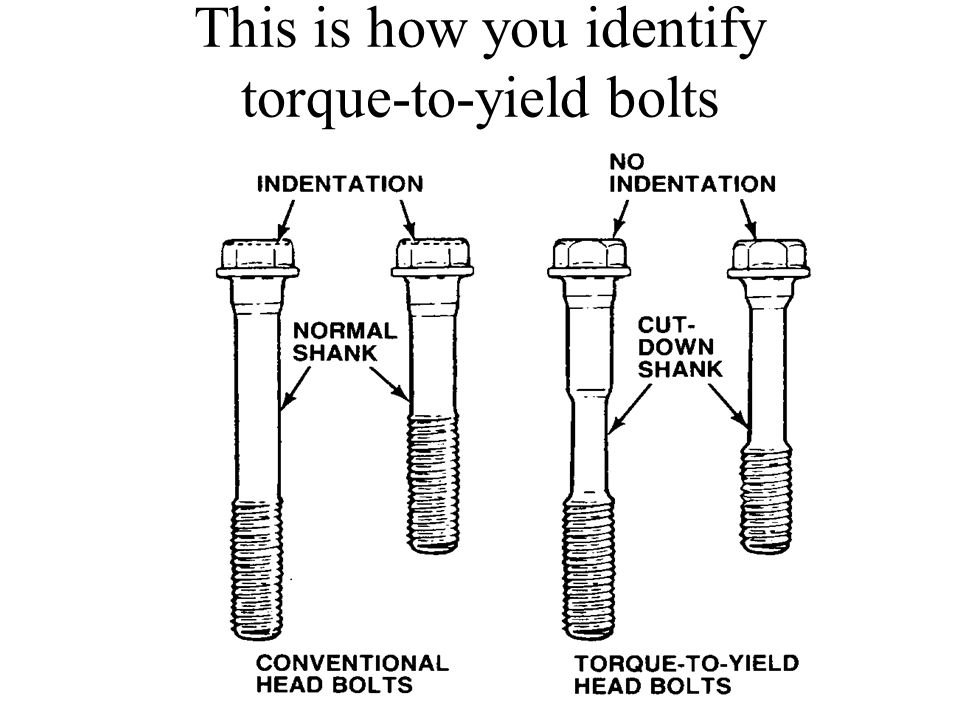 I currently contribute as an editor to several online and print automotive publications, and I also write and consult for the pharmaceutical and medical device industry.
I currently contribute as an editor to several online and print automotive publications, and I also write and consult for the pharmaceutical and medical device industry.
How do I loosen car tire lug nuts (so that I can change a tire) when they are really really stuck?
I have tried turning the provided wrench, even standing and jumping on it. This worked for 4 of the lug nuts, but not the bottom-most one.
I have heard of using a rust remover/blaster, but I do not see much rust at all, and the tires are not too old if I recall correctly.
Another recommendation I see is to use a long pipe on the handle of the wrench for more torque. But even with just the wrench I seem to be warping the stock wrench with my efforts!
Some forums recommend using a 4-way lug wrench, but they do not say how to use one, or why they are better than the stock wrench.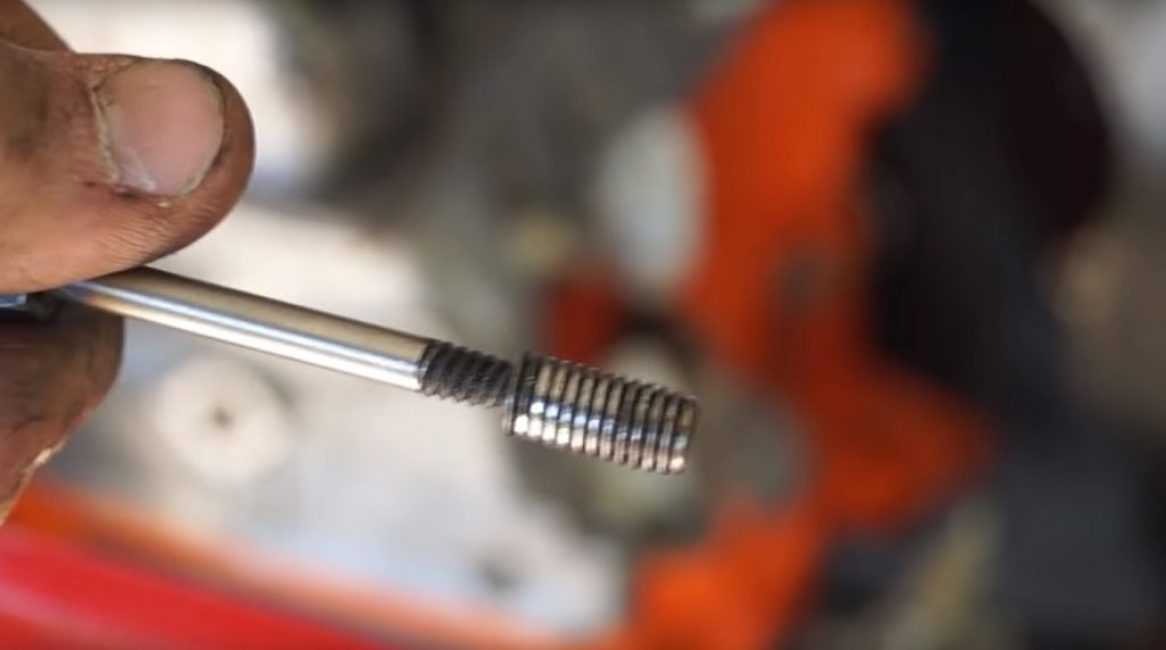 Can they provide me more torque than jumping on a standard wrench?
Can they provide me more torque than jumping on a standard wrench?
Finally, I am hopeful for an answer other than take it to a shop. I know I can do that, but I am trying to avoid the expense of a tow.
3
Remember that lug nuts are exposed to literally every element that could possibly cause corrosion. It sounds like your last nut is stuck due to some rust or oxidation that you can't see. Here's how I generally approach a badly stuck nut:
Check your safety gear: eye protection, jack stands, everything to keep yourself from getting killed when this wheel finally comes loose.
Get out the penetrating oil (AKA rust blaster). Really soak the bolt and nut. Now walk away and let it soak in, possibly for hours.
Affix the correct socket to your breaker bar. This is a totally different beast from the stock tire iron.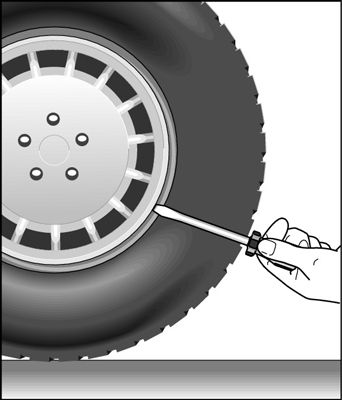 Its handle is much more durable and is very unlikely to bend under the torque that you're about to apply. Remember, think carefully about what's going to happen when the nut lets go. If you're pulling, it's not hard to end up punching yourself in the face. If you're pushing, don't let your fingers bash into the garage floor or other components.
I've hurt myself using both methods when battling bolts (never worse than giving my wife an excuse to eyeroll me, thankfully).
Its handle is much more durable and is very unlikely to bend under the torque that you're about to apply. Remember, think carefully about what's going to happen when the nut lets go. If you're pulling, it's not hard to end up punching yourself in the face. If you're pushing, don't let your fingers bash into the garage floor or other components.
I've hurt myself using both methods when battling bolts (never worse than giving my wife an excuse to eyeroll me, thankfully).
Try getting the nut off.
Didn't work? Take a longish piece of steel pipe, stick it over the end of the breaker bar to increase the moment arm of the lever and try again.
Once I get to this point, I usually cycle between penetrating oil and a super long breaker bar. Things eventually come loose after a sufficiently long period of HULK SMASH time.
NOTE: when working with exhaust nuts and bolts, the bolt will eventually snap under enough torque.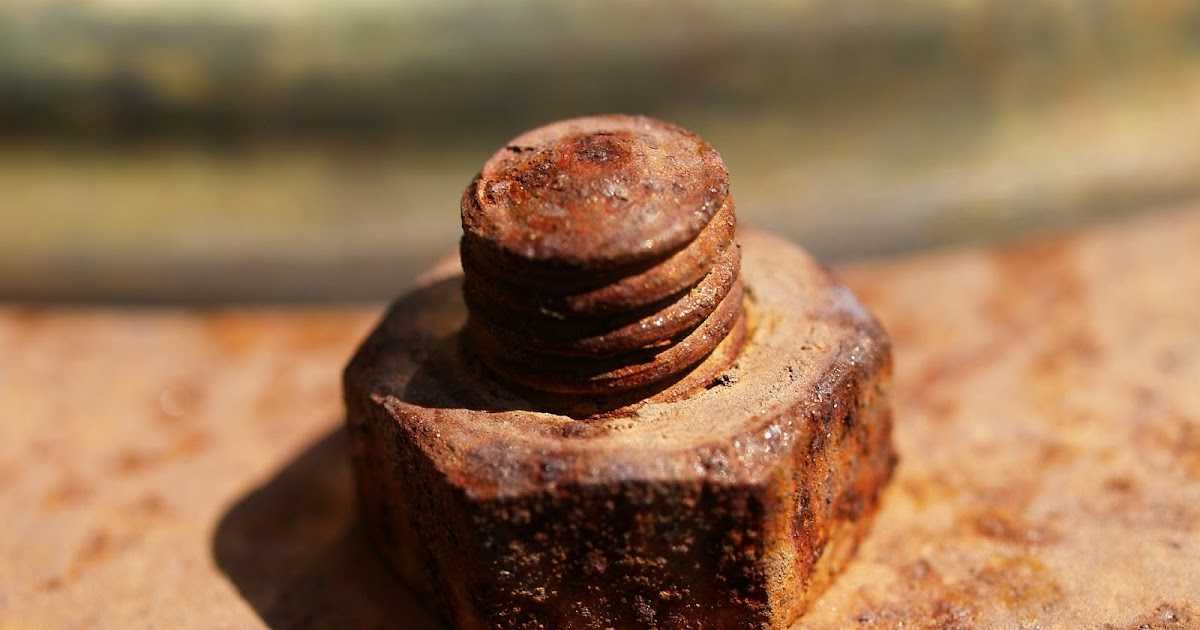 This is less likely with the much more robust wheel studs.
This is less likely with the much more robust wheel studs.
12
There are a number of things you can do to unstick the nut before turning it:
a lubricant or rust blaster. Keep things wet and give it time to work.
heat cycling. Heat it up (gently) and let it cool. Repeat. If you oil it up and point a propane torch at it, you may start a fire, so be careful. It's not so important to heat just the nut or just the stud - the cycles will do a lot of good.
vibrations and shocks. Rap the nut with a wrench. You don't have to hit hard; hitting over and over works. This can break the corrosion as well as help the lube work its way in.
There are several tools designed to make good use of shocks.
A handheld impact driver ($30) is a simple tool for around for just this purpose.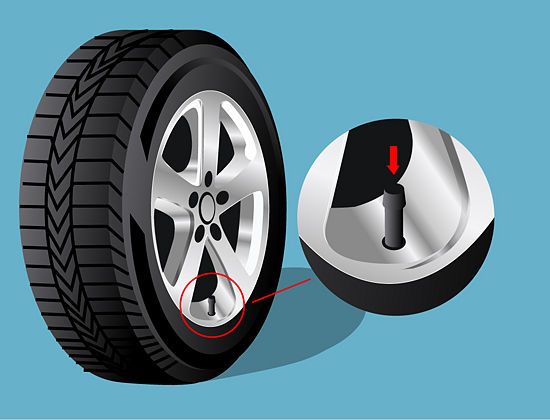 You attach a socket, put it on the lug nut, twist, and hit with a hammer. Repeat. You could do this once a minute while the lube works its way in, and apply heat in between.
You attach a socket, put it on the lug nut, twist, and hit with a hammer. Repeat. You could do this once a minute while the lube works its way in, and apply heat in between.
There are battery-powered impact drivers under $100 that I use for carpentry that can also do this job. If you already have a cordless drill, you can get an impact driver that uses the same battery. Loud!
Finally, you can do what the pros do - use a pneumatic impact wrench. You may be able to rent one for a single use.
Impact tools should be used with special impact-rated sockets. These use tougher steel and no chrome, so they are less likely to shatter. Eye protection is still a good idea.
Whenever I change a tire, I first break each lug nut while the car is still on the ground, with parking brake set, so everything is stable.
When a stud is in really bad shape, even after you break things lose, you may have to fight the rest of the way off the stud. It's a lot like cutting new threads. In that case, back off after every 1/4 turn or so, and keep adding lots of lube.
It's a lot like cutting new threads. In that case, back off after every 1/4 turn or so, and keep adding lots of lube.
If you're trying to use the stock wrench, go out and buy a proper one! I've never seen a stock one that is any use, and some of them are so bad they may as well be made of chocolate...
A 4-way wrench is simply a cross-shaped bar with 4 different sizes of socket on the ends. You use the appropriate size one for your nuts, and then have effectively a t-bar, which means you can use both hands to get more leverage.
My preference, however, is for a telescopic bar wrench. These typically extend from around a foot to 2', and come with a selection of sockets for different sized nuts. Again, they simply allow you to get more leverage than the stock wrench, but are easier to store than a 4-way one, and by using the shorter length to re-tighten the nuts, avoids over-tightening (although as the comment above suggests, you should really use a torque wrench to tighten them correctly).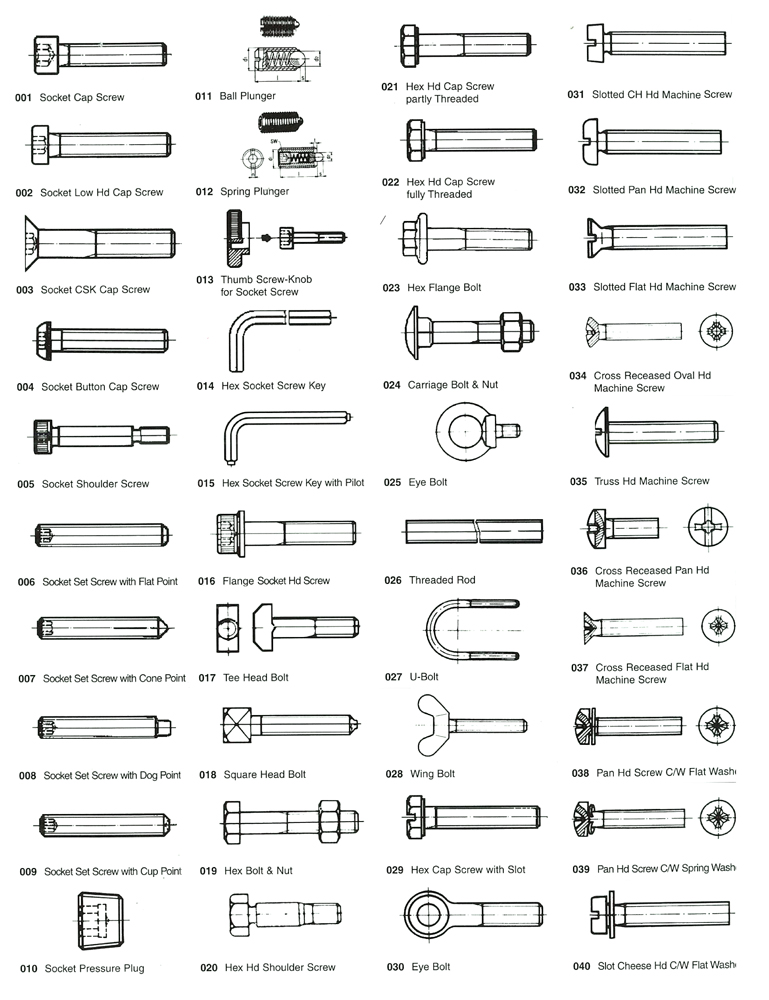
Another tip is to make sure your tyre supplier uses a torque wrench when they fit your tyres - many will use an air-gun which results in the nuts being done up excessivley tight (most likely the cause of your current problem).
2
Learn from my mistake!! I attempted to use four different chisels to 'counter rotate' the stuck nut. NEVER do this. What happens is that the chisel force drives the annular ring of the lower portion of the nut into the well where the curved face normally sits. You get the rest of the nut finaly chisseled off and you are STUCK with the measley shxxty annular ring driven and wedged into the small well. Then you have to drill and drill with, like a 5/32 drill, a whole bunch of holes and finally drive out pieces. You can drive it around the block with all nuts very loose and this shxxty annular ring is wedged way in there. Try all the other methods, heat it up, smaller socket driven on and turned, welded 2nd nut to bad nut and removing them together, whatever, BUT don't get out your chissels!!!!! You will blow nearly a day using the chisel method and have to buy a new stud and perhaps a rim as well !!!
As Bob Cross mentioned, use the breaker bar.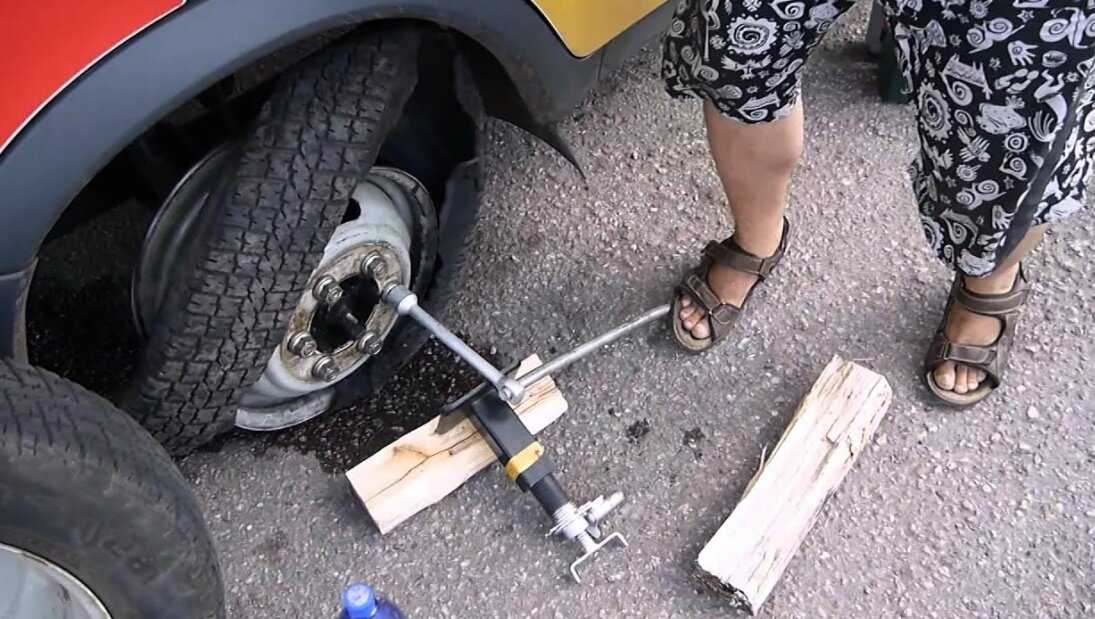 I've had to use them to remove brake calipers in the past. In the past, I have not seen such a thing as a breaker bar readily for sale at the hardware stores where I live.
I've had to use them to remove brake calipers in the past. In the past, I have not seen such a thing as a breaker bar readily for sale at the hardware stores where I live.
I have improvised a breaker bar using one of those metal pipes that are used for running electrical wires. Simply take your ratchet to the hardware store with you and find a suitably sized pipe that fits nicely around the ratchet handle.
2
All of the answers work.
But what works best for me (esp. on the side of the road!) is a 4 way tire wrench in conjunction with the screw type jack found on all cars.
Place the correct size socket on the wheel lug (nut). Position it as close to horizontal as possible. At the other end of the 4 way tire wrench, place your screw type jack and raise the height so that it supports the 4 way tire wrench in a horizontal position.
You now have a stable platform. The two free arms of the 4 way tire wrench are available for work.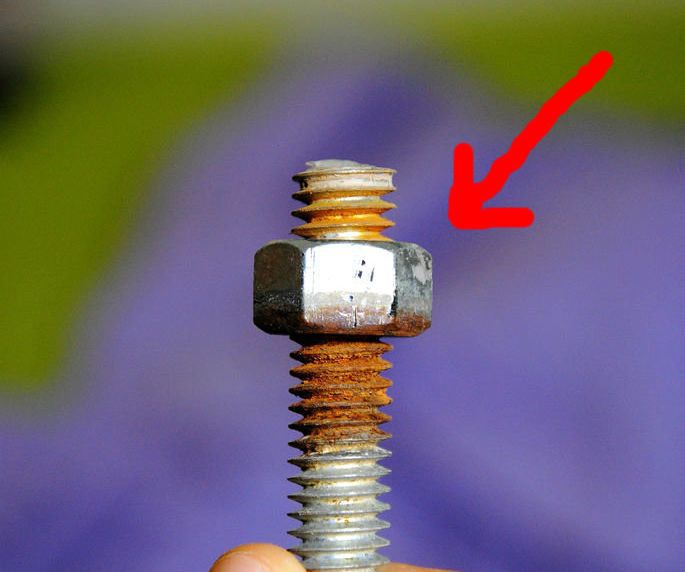
Place your foot on the free arm that will turn the lug/wrench counter clockwise. With one hand on the car for balance, stand on the free arm, as close to the end as possible, with all your weight, and "kick" down if needed.
I like this method b/c you don't have to worry about stripping the edges of the lug/nut, and ruining it.
2
One. Dont jump on it. You risk stripping the lug and stud then you can't remove the tire and Have to replace the stud.
Two. Never supposed to use grease, silicon, or wd40 on tire lugs or studs. The stud remains lubricated and the lug can work itself loose when driving after having the tire changed.
You just need to not overtighten them in the first place. Some shops do this. And have a good tire iron with leverage. Apply firm gradual torque, not sudden aggressive torque like jumping on it or hitting with a hammer. These things can cause more harm than good and people that read this and follow this advice will be stranded on the side of some highway after stripping the lug or stud.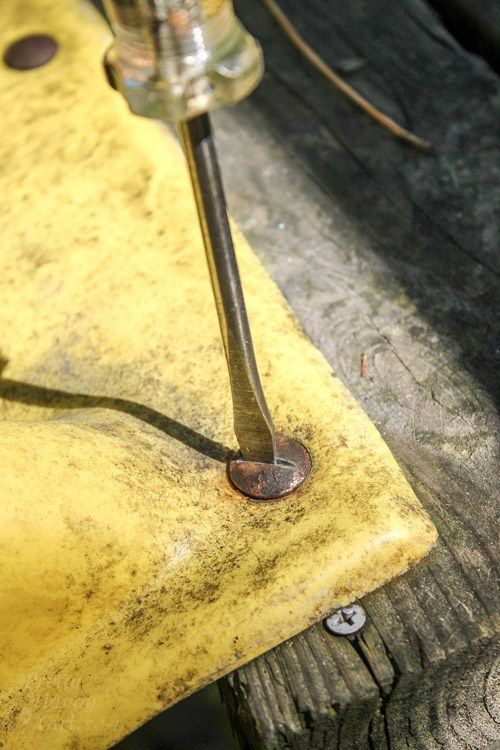 my $.02
my $.02
Turning the tire so that the stuck/frozen nut was at the top (12 o'clock) did it for me. Another try with a pipe extender on the tire wrench and the nut "cracked" and loosened. This is actually the easiest and should be the FIRST alternative in any of the answers above. I had already put nut loosener fluid on the stud and almost "rounded" out the corners of the lug nut with forcing the wrench, which could have made it impossible to remove except by an expensive garage repair.
1
Last resort... Heat the nut, and it will expand. This might help loosen it, but try this only after you have sprayed it to deaf with corrosion removing stuff. If you can see the other side, cool the lug and it will help the process. Again, last resort.
3
I just had this problem. I got all of them loose but one at the bottom. I tried everything it wouldnt come loose. Jacked it up took it out of gear spun the tire around so that the nut was on top. It came right off without a problem.
I tried everything it wouldnt come loose. Jacked it up took it out of gear spun the tire around so that the nut was on top. It came right off without a problem.
Heating the stud up with an acetylene torch worked great for me. Worked for days and days with breaker bars up to 8 feet long and nothing worked. Even broke 3 heavy duty 1/2" drive impact sockets. Took me a few try's to remove the nuts with the torch and then the tire iron but the heat definitely works. I wouldn't try unless it's a last resort.
A large T-bar may be the answer. I've found that if you tilt the thing at about a 45-degree angle, get a foot on the lower end and a hand on the upper, you can use your body weight to put tremendous torque on the nut without seriously misaligning the socket/nut.
I put a pipe on the handle of the standard wrench and jumped on it. I thought I was turning the nut, but I snapped the wrench (1/2 inch diam handle). Then I tried better wrenches, without success. I put the other nuts back on gently and drove about 4 miles.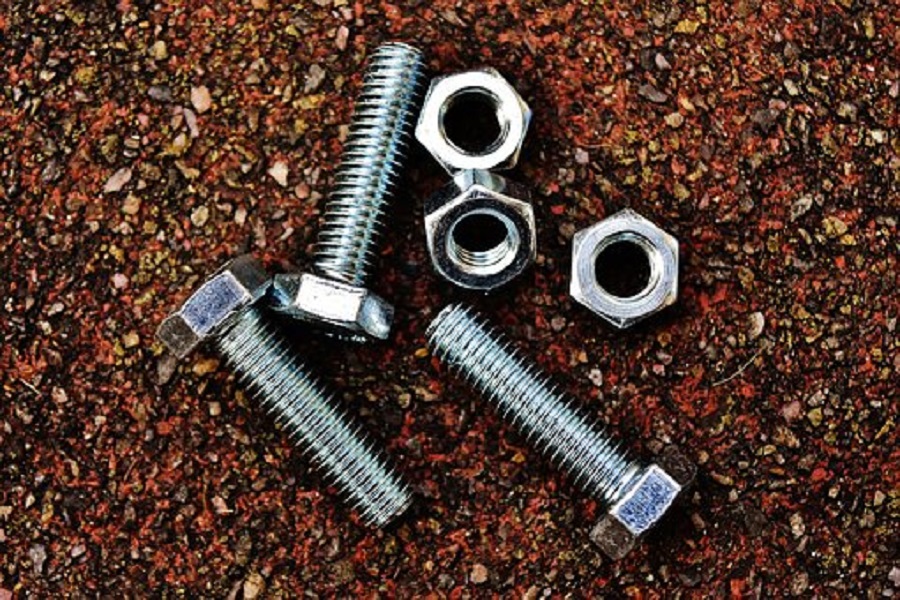 That did it. But if you have a flat tire its not a solution! Maybe if you drove 30 feet on the flat that would loosen the nut without harming the tire.
That did it. But if you have a flat tire its not a solution! Maybe if you drove 30 feet on the flat that would loosen the nut without harming the tire.
I had some stubborn nuts on my Range Rover. I always have trouble. Some nuts won't accept the the socket on the wrench as they have become deformed over time. I now use a ring spanner.
In frustration I tried using my jack. I place the ring spanner over the nut and used the jack to loosen the nuts enough to turn by hand. But this has failed to work on one nut. The pressures involved made me very nervous, so I backed off and have come on here for other ideas.
1
If you didn't take the other four off in the right order, it might help to put them back on and tighten them, then try busting the stuck one loose. Then crack them all loose in the right order. For five nuts, the right order is like you're drawing a star: go around and hit every other nut. After each one just starts to turn, then go back and loosen them more.
After each one just starts to turn, then go back and loosen them more.
What can happen is if the wheel isn't heels on evenly, it can start tilting a little and this could put uneven forces on the last nut that could make it harder to remove.
In addition to going in the right order, use a 4 way tire iron and plenty of torque. See other answers.
Had a slow puncture so pumped up the tyre with my electric pump then drove to the garage to get it repaired but forgot to take my torque wrench with me. Got the fitter to use a T bar and 21mm socket to tighten the nuts then drove home to set the nuts to the recommended 80 lbs ft only to find out the first one I tried wouldn't move even with standing on a long T bar. Finally resulted in winding up my 21" long torque wrench in increments until it was at 185lbs ft and standing on it, before the nut slowly moved without the torque wrench breaking. Luckily the max setting is 220lbs ft as I was getting concerned that it was going to be back to the garage.
1
Failure to follow simple rules for changing wheels can result in a serious accident. “Undocking” this part from the car on the go threatens, at least, with serious breakdowns.
Maxim Stroker
Most drivers do not even think about how to properly tighten the nuts (or bolts) that attach the rims to their cars. A tire fitting worker is doing something with his pneumatic wrench - and okay. In principle, this is understandable: few city car owners now change tires with their own hands. It’s good if more or less sane people who understand what they are doing work in the tire fitting of your choice. And if not? You can understand this in time only if you yourself know exactly how to turn the nuts correctly. And if not, then the result of excessive trust may be a situation where the wheel suddenly leaves the car at full speed.
Or (this is the best case) during the next tire change, when trying to unscrew the nut, the tire worker will break the entire stud. Or maybe he will unscrew the head of the security bolt due to a threaded connection stuck with rust or previously tightened to death. The first thing you need to pay attention to when watching the tire changer's manipulations is how he starts to tighten the wheel nut or bolt. If, according to the principle: you put in a pneumatic wrench and "rushed" - run away from this service. This means that slobs and hacks have dug in here, and it's like two fingers to ruin your car! That's right - first, screw on the nut or bolt with your hand, making sure that she (or he) went along the thread correctly, and only then use a wrench or wrench.
Otherwise, the threads can be damaged so that you then have to cut the stud or bolt head to remove the wheel. But let's move on. If the tire fitter has finished working with the wrench and has not checked the tightening with the help of a "spray", the car owner should be very wary.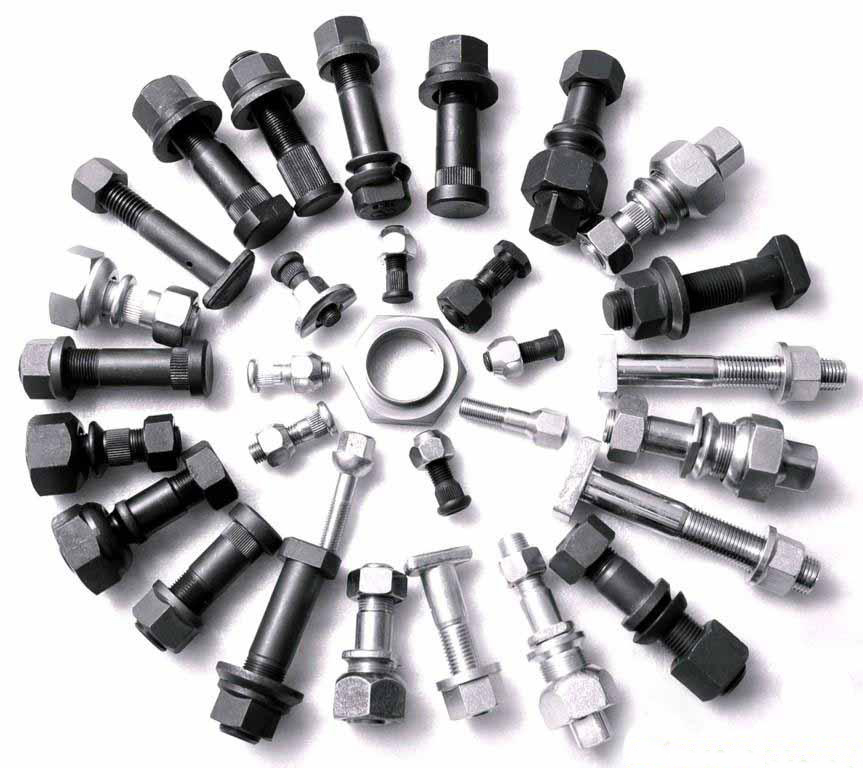 This may mean, in the first case, that the air wrench is set to tighten the threaded connection too much. Thanks to this, the wheel, of course, will not unscrew on its own, but the next seasonal dismantling can turn into big problems. An overtightened connection can damage the thread with all the ensuing consequences. The second possible outcome of the tire fitting worker ignoring the final manual tightening stage is a wheel that has come off on the move for a reason called “oh, they didn’t turn it up”.
This may mean, in the first case, that the air wrench is set to tighten the threaded connection too much. Thanks to this, the wheel, of course, will not unscrew on its own, but the next seasonal dismantling can turn into big problems. An overtightened connection can damage the thread with all the ensuing consequences. The second possible outcome of the tire fitting worker ignoring the final manual tightening stage is a wheel that has come off on the move for a reason called “oh, they didn’t turn it up”.
Therefore, having noticed the negligent attitude of the serviceman, immediately after leaving the workshop, independently, with your wheelbrace, check the quality of his work, if necessary, tighten the nuts. And henceforth, do not use the services of this institution. In addition, to seriously facilitate future operations with the wheel, technically competent car owners recommend lubricating the threaded (only threaded!) Part of the wheel nut or bolt before tightening with a thin layer of graphite grease.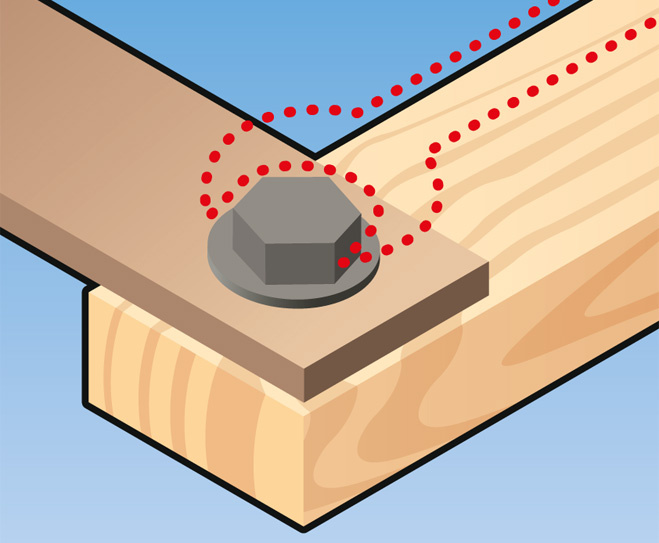 Contrary to popular belief, with the right torque, a lubricated nut or bolt will never loosen on its own. Numerous threaded connections in the bowels of the motor do not unscrew of their own free will, although everything is literally bathed in oil there!
Contrary to popular belief, with the right torque, a lubricated nut or bolt will never loosen on its own. Numerous threaded connections in the bowels of the motor do not unscrew of their own free will, although everything is literally bathed in oil there!
What you need to pay attention to when looking for a “retraining” machine
20231
what you need to pay attention to the “rebuke” of the machine
20231
0009
11/18/2021
Most car parts and mechanisms require regular lubrication. But, regarding the fastening of the wheels, there is a double opinion. Some argue that it is imperative to lubricate the wheel bolts, while others are completely sure that the use of lubricant is strictly prohibited, as this may adversely affect the quality of fixation.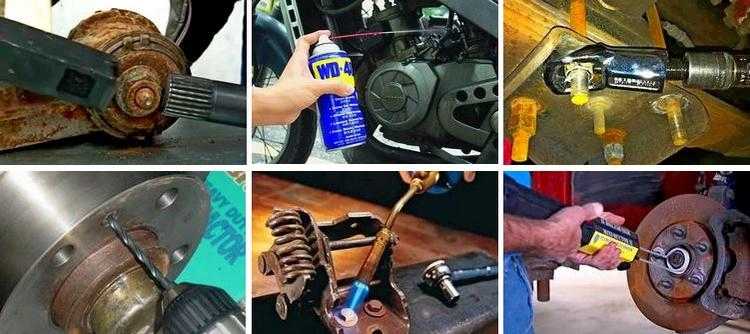 So which one is right? What are the possible problems with the lubrication of wheel bolts or its absence, and how relevant they are, we will try to find out in this article.
So which one is right? What are the possible problems with the lubrication of wheel bolts or its absence, and how relevant they are, we will try to find out in this article.
That part of car owners who believe that it is imperative to lubricate the bolts when installing the wheel indicates that they do this to solve the following problems:
Of all the listed problems that the lubricant must deal with, only the first is relatively affirmative - the fight against rust. And then, we can say with confidence that lubrication is needed only for bolts and nuts that do not have an anti-corrosion coating. Such instances are extremely rare, but the use of lubricants in this case is really a necessity, especially when preparing the machine for operation in the winter, when the wheels are constantly in harsh conditions, the fasteners are exposed to anti-icing agents. The negative influence of salt and other reagents leads to the occurrence of electrochemical processes, the result of which will be corrosion, which quickly affects the entire product and renders it unusable.
And then, we can say with confidence that lubrication is needed only for bolts and nuts that do not have an anti-corrosion coating. Such instances are extremely rare, but the use of lubricants in this case is really a necessity, especially when preparing the machine for operation in the winter, when the wheels are constantly in harsh conditions, the fasteners are exposed to anti-icing agents. The negative influence of salt and other reagents leads to the occurrence of electrochemical processes, the result of which will be corrosion, which quickly affects the entire product and renders it unusable.
But, to find fasteners without anti-corrosion protection of the thread, you need to try very hard. If we talk about the real situation, then all nuts and bolts are already on sale with a special coating that has the same or even more pronounced anti-corrosion properties as the lubricant, so fasteners do not need to be applied with additional material.
The remaining two problems, allegedly arising from the lack of lubricant, exist only in theory, but in practice the picture looks different.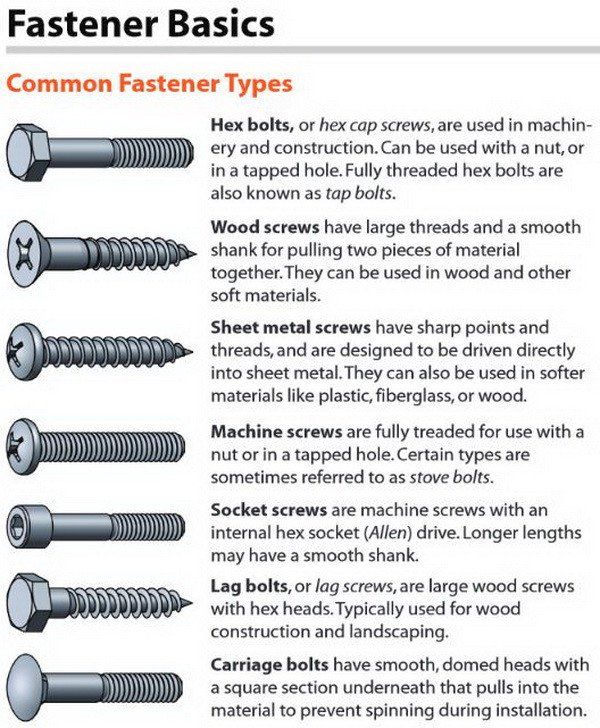 Sticking or souring is possible only with a long idle time of the car. But, with the constant operation of the equipment, the owners change the wheels at least twice a year, so there is no way to completely stick to the thread. For this, the period is too short, even if the machine is operated in extremely unfavorable conditions.
Sticking or souring is possible only with a long idle time of the car. But, with the constant operation of the equipment, the owners change the wheels at least twice a year, so there is no way to completely stick to the thread. For this, the period is too short, even if the machine is operated in extremely unfavorable conditions.
The difficulty of unscrewing during a seasonal wheel change is most often due not to the lack of lubricant on the fasteners, but to non-compliance with the technology of tightening and tightening the bolts. Many car service masters or car owners tighten them to the maximum limit. Someone for fidelity even gets up on the key and jumps on it. This is how they achieve maximum tightening and at the same time get a problem with unscrewing in the future, since with a significant constriction, the fasteners are deformed with biting of the thread and it will be unrealistic to unscrew it.
That part of the owners who are against the use of lubricant for fasteners answers the question of why it is impossible to lubricate wheel bolts with the possibility of increasing the risk of loosening. But, this consequence, as well as the previously listed statements, comes true in practice only if a weak puff is performed. With normal bolt tightening, all possible consequences remain only in theory. This is explained by the fact that the fastener has a conical shape, due to which it is tightly rubbed against the saddle, at the same time centers the wheel and due to this forms a wedge that prevents untwisting.
But, this consequence, as well as the previously listed statements, comes true in practice only if a weak puff is performed. With normal bolt tightening, all possible consequences remain only in theory. This is explained by the fact that the fastener has a conical shape, due to which it is tightly rubbed against the saddle, at the same time centers the wheel and due to this forms a wedge that prevents untwisting.
To exclude spinning and other problems with the wheels and their fixation, the installation must be carried out in accordance with a certain technology:

To tighten the bolts correctly, it is better to use not an air wrench, but a torque wrench with a scale or click type. The maximum tightening force can be found in the maintenance book or other sources. As a rule, for passenger cars, the tightening torque is almost the same and is about 110 Nm with a deviation of several units up or down. If the maximum allowable value is exceeded, if necessary, unscrew the wheel, it will no longer be possible to do this with a conventional tool, even if there is a large amount of lubricant. In case of insufficient tightening, under the influence of a constant load, the wheels will sooner or later unscrew.